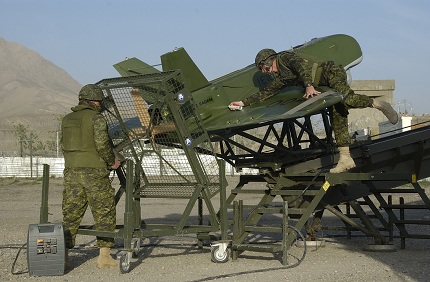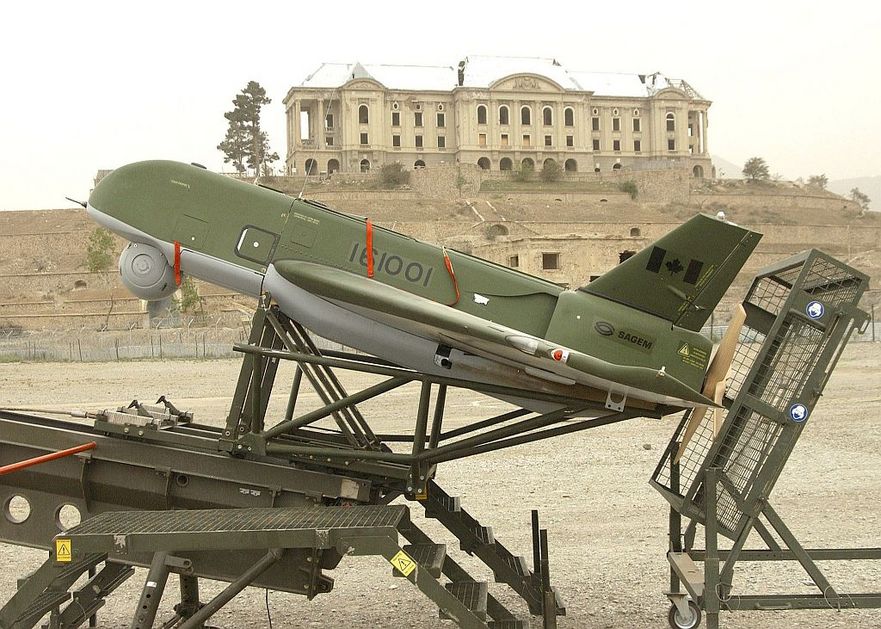CU-161 Sperwer unmanned aerial system (UAS) is designed to support Intelligence, Surveillance, Target Acquisition and reconnaissance (ISTAR) at the battlegroup level (brigade to division).
The Sperwer system is comprised of aerial vehicles, ground control station (GCS), transportable hydraulic catapult and ground data terminal (GDT) housed in the communications shelter carried on high mobility vehicles. The entire system can be transported in two C-130 aircraft and operate from unprepared sites using catapult launch, and parachute and airbags recovery.
The system supports simultaneous control of two aircraft, from a single GCS. Furthermore, several GCSs can control multiple missions, and can hand-over UAVs between each other. The ground station is provided with advanced mission planning tools, including 3D terrain modeling and flight path presentation on a geographical data system, image processing, interpretation and connection to C4I networks and compatibility with NATO datalinks and communications networks. To improve survivability and stealth, the GCS can be located up to 2 kilometers from the GDT.
Sperwer is designed to carry the Sagem OLOSP FLIR payload, providing high resolution day and night imagery and target geolocation with an accuracy of 20 meters. Other payloads designed for Sperwer include ELINT, COMINT, communications relay and SAR, but Canada did not procure these. The aircraft is equipped with a digital J band datalink (15GHz) and transponder/IFF (Mode 3C) and VHF relay for easy integration in controlled airspace.
The Sperwer will reach its estimated life expectancy (ELE) in February 2009 and a project is underway to replace it with a more capable UAV in order to meet Canadas needs in the future.

